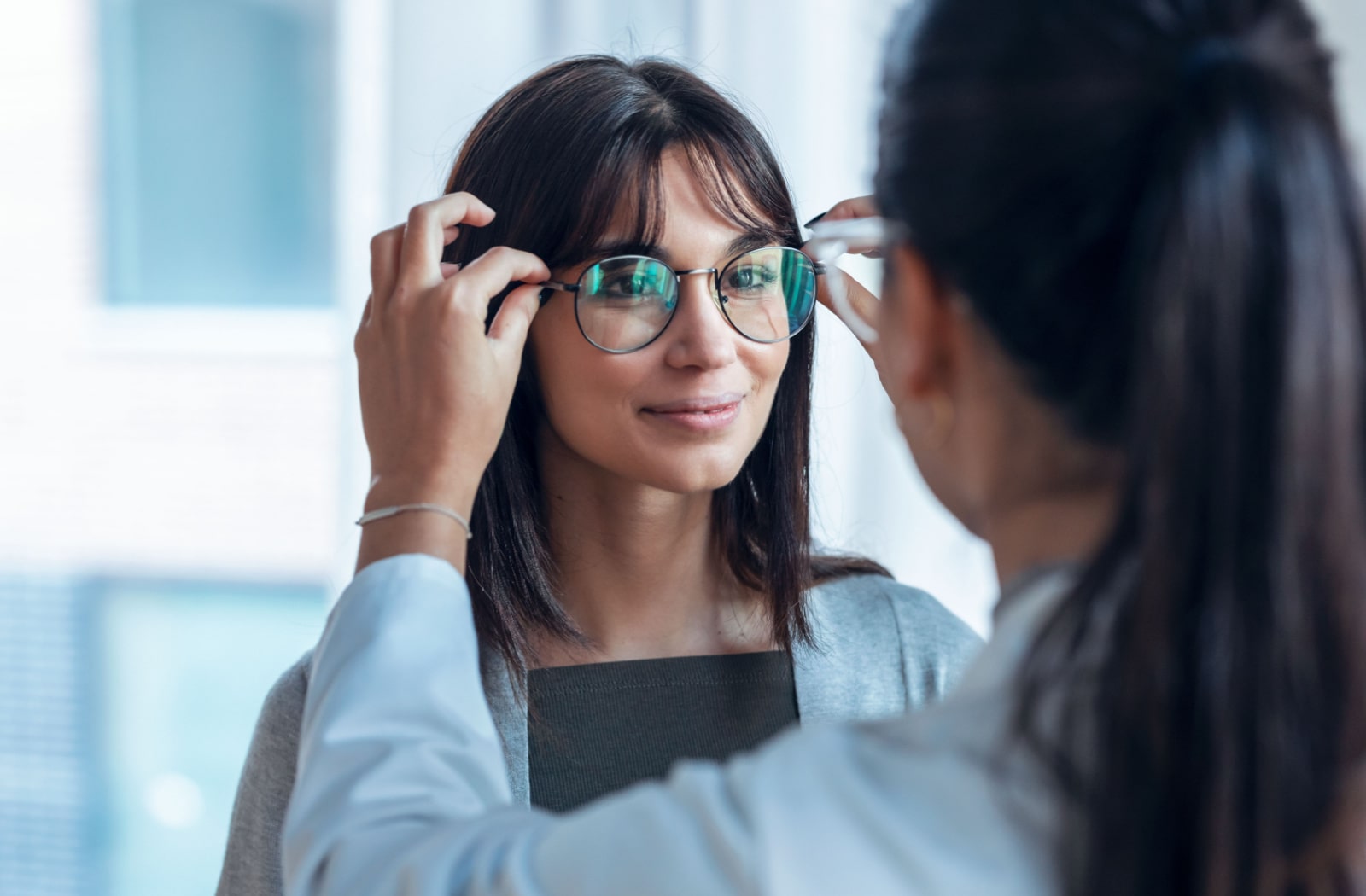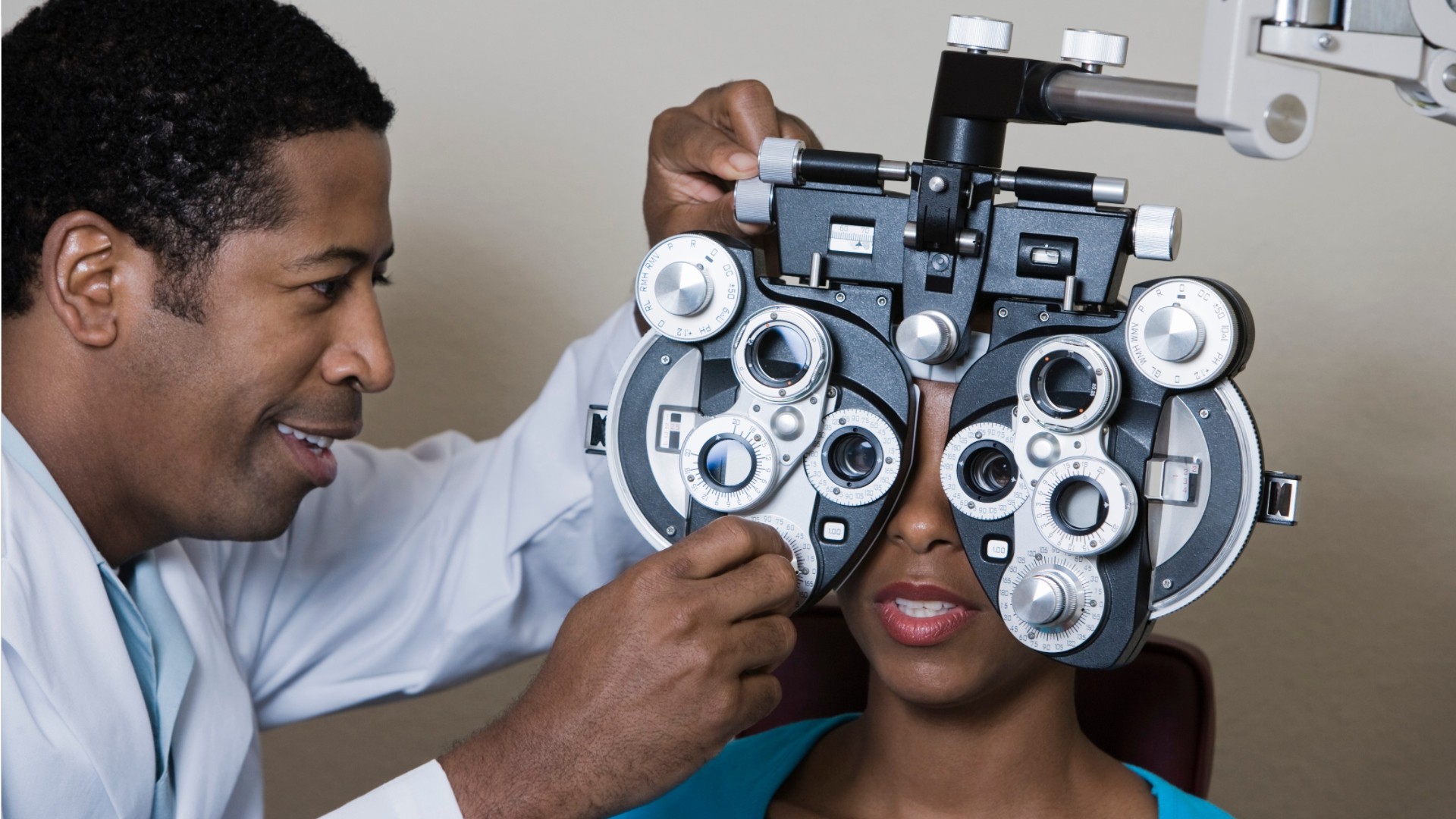Comprehending the Duty of Your Eye Doctor in Keeping Vision
Comprehending the Duty of Your Eye Doctor in Keeping Vision
Blog Article
Exploring the current Technological Developments in Optometry and What They Mean for Eye Doctors
In the ever-evolving area of optometry, recent technological developments are improving exactly how practitioners approach eye treatment. From the accuracy of Optical Comprehensibility Tomography to the nuanced insights used by AI-driven analysis devices, these innovations are setting new criteria in patient assessment and treatment. Teleoptometry is positioned to redefine accessibility, guaranteeing that proficiency goes beyond geographical limitations. As these innovations permeate the technique, optometrists are faced with the obstacle of welcoming these tools to improve individual results. Yet, the question remains: how will these technological changes redefine the duties and obligations within the occupation?
Technologies in Diagnostic Equipment
Advancing the area of optometry, advancements in diagnostic tools have actually reinvented the method eye care experts assess and diagnose eye conditions and visual problems. The previous years has actually experienced substantial technical improvements, making it possible for even more exact and detailed evaluations. Optical Comprehensibility Tomography (OCT), for instance, offers high-resolution cross-sectional photos of the retina, permitting the very early detection of conditions such as glaucoma and age-related macular deterioration. This non-invasive imaging method has actually come to be crucial in contemporary optometric method.
Another key development is the introduction of sophisticated corneal topography systems, which map the surface area curvature of the cornea with accuracy. These devices are specifically useful for fitting contact lenses and detecting corneal disorders. Moreover, digital retinal imaging has transformed conventional ophthalmoscopy, providing detailed, breathtaking views of the retina that assist in comprehensive visual examinations.
The advancement of wavefront aberrometry has also been important, allowing the analysis of refractive errors with unmatched precision (Opticore Optometry). This modern technology assists in personalizing corrective lenses and boosting surgical results for refractive surgical procedures. Jointly, these diagnostic improvements encourage eye doctors to provide remarkable individual treatment, making certain early treatment and tailored treatment approaches, eventually enhancing visual wellness outcomes
AI in Person Monitoring
Building on the foundation of innovative analysis devices, the incorporation of artificial knowledge (AI) in person management represents a transformative leap for optometry. AI systems are progressively employed to boost performance, precision, and customization in client care.
Additionally, AI-driven systems facilitate streamlined person interactions and management processes. Automated organizing, virtual assessments, and customized follow-up strategies not just enhance client fulfillment but additionally maximize time management for professionals. These systems can triage individuals based on the necessity of their conditions, guaranteeing that those in vital demand receive punctual interest.
Additionally, AI boosts decision-making by providing optometrists with evidence-based suggestions and treatment pathways. By incorporating data from electronic health documents, AI devices provide insights that inform clinical decisions, decreasing the risk of mistakes and improving client outcomes. As AI continues to develop, its duty in individual management will likely expand, reshaping the landscape of optometric care.
Breakthroughs in Retinal Imaging
In the world of optometry, retinal imaging has witnessed remarkable technical developments that are enhancing analysis capabilities and patient treatment. Innovations such as Optical Coherence Tomography (OCT) and fundus photography have transformed just how eye doctors envision and assess the retina. OCT, specifically, gives high-resolution, cross-sectional pictures of the retina, enabling the thorough examination of its layers. This capacity is important for very early discovery and monitoring of problems like glaucoma, diabetic retinopathy, and age-related macular deterioration.
Enhanced imaging methods like OCT angiography are further refining analysis accuracy. This non-invasive method maps blood circulation in the retina, supplying critical understandings into vascular health without the requirement for color shots. Furthermore, adaptive optics modern technology is being incorporated right into retinal imaging systems to correct eye aberrations, providing extraordinary picture clearness. Such developments assist in the recognition of minute retinal changes that can symbolize illness development.
Moreover, improvements in man-made intelligence are boosting retinal imaging by enabling automatic evaluation of large datasets. These systems assist optometrists in determining patterns a measure of pathology, thus boosting analysis accuracy and efficiency. Jointly, these technologies are changing retinal imaging into a keystone of contemporary eye treatment, improving outcomes and expanding healing possibilities.
Teleoptometry's Growing Duty
Teleoptometry is significantly becoming a vital component of eye treatment, driven by innovations in digital communication and diagnostic tools. As optometry embraces digital change, teleoptometry helps with remote assessments, allowing optometrists to expand their services beyond typical borders. This is especially helpful in underserved and rural areas where access to specialized eye care is typically limited. By leveraging high-resolution video clip conferencing and advanced retinal imaging, optometrists can perform extensive eye tests from afar, making certain timely diagnosis and treatment.
The combination of expert system (AI) more improves teleoptometry, allowing the evaluation of visual data and helping in the discovery of ocular problems such as glaucoma and diabetic person retinopathy. AI-powered formulas can rapidly analyze complicated imaging information, providing eye doctors with beneficial understandings that boost scientific decision-making.
Additionally, teleoptometry supports continuity of treatment via seamless combination with electronic health records (EHRs), weblink enabling optometrists to keep comprehensive person histories. When seeking advice from with various professionals., this makes certain that individuals get customized and regular treatment even.
Regardless of these benefits, challenges continue to be, including guaranteeing data security and handling client expectations. Nevertheless, teleoptometry stands for a substantial stride towards more available, reliable, and patient-centered eye care. As technology progresses, its function is poised to increase even more.

Future Patterns in Eye Care
A myriad of ingenious fads is set to improve the future of eye treatment, driven by technological advancements and the advancing needs of individuals. One substantial fad is the my site combination of synthetic intelligence (AI) in diagnostics, which promises to boost the precision and effectiveness of eye assessments. AI algorithms can examine vast quantities of data from retinal images, potentially identifying conditions like diabetic retinopathy and glaucoma earlier than standard methods.
In addition, customized medication is gaining traction in optometry, with hereditary screening informing tailored therapy strategies. This technique intends to optimize client outcomes by tailoring interventions to private genetic profiles. Wearable technology, such as smart get in touch with lenses, is likewise on the horizon, offering real-time surveillance of intraocular stress or sugar levels, hence offering continuous insights right into eye and systemic health and wellness.
The fostering of increased reality (AR) and virtual truth (VR) in training and person education is one more arising trend. These modern technologies use immersive experiences that can boost understanding and skills both for eye doctors and clients. As these fads advance, optometrists need to stay abreast of technical innovations to supply innovative care, guaranteeing improved person results and satisfaction in the vibrant landscape of eye care.
Verdict

Jointly, these analysis innovations empower eye doctors to deliver exceptional individual treatment, making sure early intervention and tailored treatment strategies, ultimately boosting aesthetic health and wellness outcomes.

As these innovations continue to progress, optometrists must adapt and include them right into practice, inevitably optimizing process performance and elevating the criterion of eye care provided to patients.
Report this page